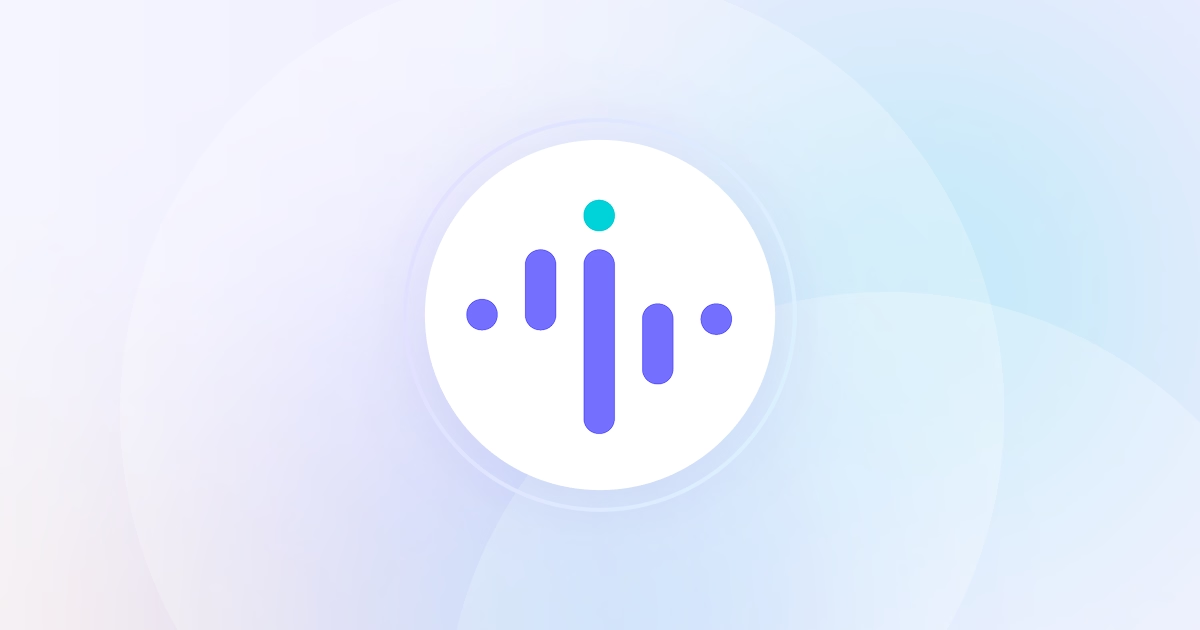How to Track Employees Working from Home: 7 Effective Strategies

.png)

Managing a team is never an easy task. If, on top of this, the team works remotely, monitoring them becomes an even greater challenge.
So, if you are among the troubled managers trying to figure out how to track employees working from home, this article has a few useful tips.
1. Encourage Self-Reporting
Self-reporting involves employees sending daily or weekly summaries of their work to managers. This approach allows for subjective assessment of workload and can be useful for small teams or where there is a high level of trust.
Still, as it relies solely on employees’ honesty, it may need to be supplemented with more objective measures.
2. Implement Time Tracking Software
Using time tracking software for remote employees is among the best ways to understand how employees allocate their time across tasks.
To see a detailed breakdown of how the team members are spending their time, managers can ask them to start and stop a timer for different tasks. This helps in identifying both highly productive employees and those who have room for improvement.
While effective, this approach has its flaws when it comes to tracking unplanned activities like phone calls or meetings. Another downside is that it heavily depends on accurate self-reporting by employees.
Advanced tools for time tracking, such as Insightful can help minimize the chance of false reports.
Insightful, and similar software, offer features such as automatic activity and screen monitoring. Based on the gathered data, this tool immediately shows the productivity score and can even help you spot the early signs of burnout. This sort of unobtrusive and yet reliable remote screen monitoring software can go a long way in building a productivity culture in your company.
3. Utilize Project & Task Management Apps
Project and task management applications can help organize assignments. These tools provide insight into who is working on which task. Having a structured overview of each project, managers can distribute the workload evenly. Task management apps can also help decide if additional tasks should be created.
The downside of these tools is that they might not capture every aspect of an employee's workload. This is especially true for tasks outside project scopes.
Some of the most popular project management tools are Asana, Podio, and Harvest.
4. Monitor Email Activity
Professionals spend a significant portion of their workday in their email inbox. This is why tracking email activity can offer insights into workload and productivity.
Tools like EmailAnalytics allow managers to visualize email volume, response times, and recipient data. In this manner, leaders get a clear view of each team member's engagement and workload. Background tracking of this sort doesn't require any action from employees, making it a discrete way to gauge productivity.
5. Create & Manage Task Lists
Task lists focus on individual assignments within or outside project management apps. Creating these lists allows managers to see workload distribution among team members.
This method can reveal if tasks are unevenly assigned. Still, to ensure all tasks are accurately recorded and completed, it requires careful management.
6. Require Managerial Supervision & Reports
Empower managers and supervisors to actively monitor and report on team workloads. This enables a more dynamic approach to workload management.
Regular reports of this sort allow leaders to adjust strategies as needed. They also ensure that employees are not wasting their time on tracking responsibilities.
7. Observe Subjective Factors
An effective tracking strategy goes beyond objective measures. Employee behavior and morale can offer additional insights into workload management. Signs of stress or disengagement may indicate workload imbalances that need addressing.
Why Monitor Workloads?
Monitoring workloads is essential for several reasons:
- Balancing workloads: It helps in redistributing tasks to ensure a fair workload and prevent burnout.
- Boosting morale: A balanced workload contributes to employee satisfaction and productivity.
- Identifying underperformance: It allows managers to identify and support team members who may be struggling.
- Spotting inefficiencies: Monitoring can reveal process inefficiencies and opportunities for improvement.
Conclusion
Remote team management relies on trust between managers and teammates to a great extent. At the same time, it requires objective measures and an understanding of individual employee circumstances.
Find a combination of tracking strategies tailored to your unique business needs. Make sure you also educate your workers on best practices for remote work. Only then will you be able to help your remote employees reach their full potential and productivity.


.jpg)
.jpg)
